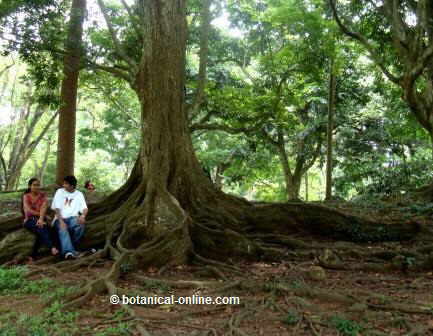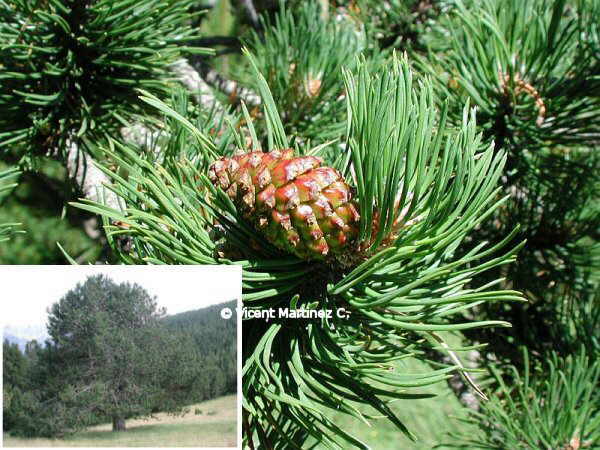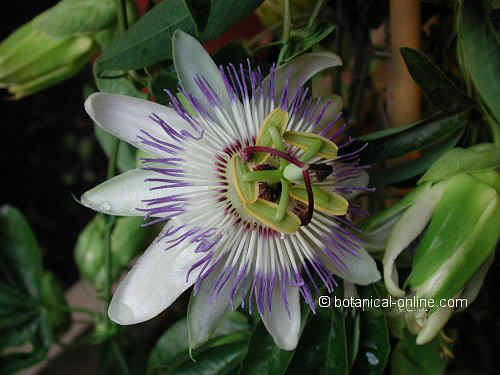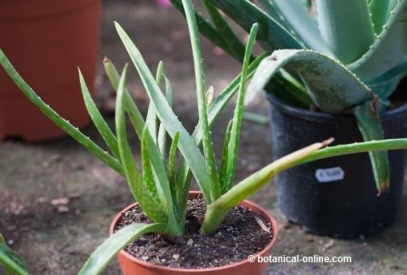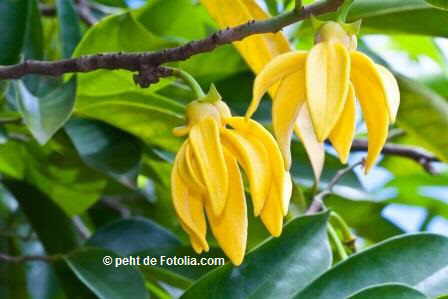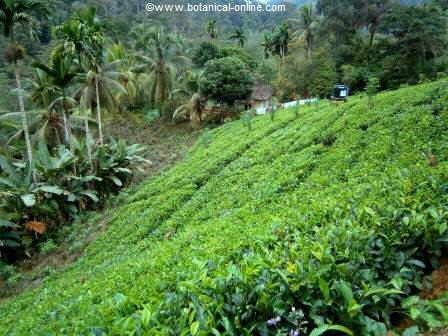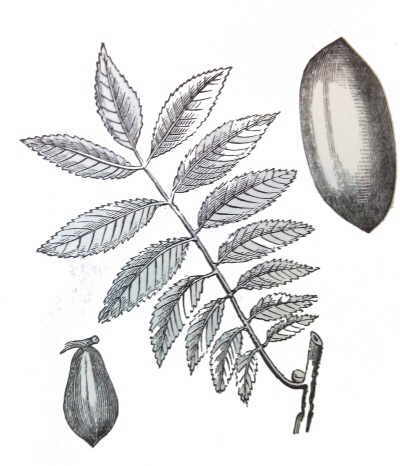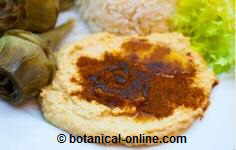Contents
- 1 What is broccoli (Brassica oleracea var. Italica) ?
- 1.1 Differences between broccoli and cauliflower
- 1.2 History of broccoli
- 1.3 Uses of broccoli
- 1.4 VARIETIES OF BROCCOLI
- 1.5 Different types of broccolis according to their general appearance
- 1.6 Different types of broccolis according to the color of their flower heads
- 1.7 Different classes of broccolis because of the production date
- 1.8 Broccoli production in the world
What is broccoli (Brassica oleracea var. Italica) ?
Broccoli (Brassica oleracea var. Italica) is a plant of the Brassicaceae family (Cruciferae), to which other edible plants belong, such as cabbage, Brussels sprouts and cauliflower
The name “broccoli” comes from the Latin ” brachium”, which means “branch” and refers to the branched form of their flower heads
From broccoli, like form cauliflower, we eat mostly the immature flowers and thick stems that precedes them.
The stem goes up from the roots and it is surrounded by the leaves.
Broccoli flowers, when mature, are small, with four yellow petals. Fruits in siliqua with rounded pink seeds.
Broccoli leaves have petioles elongated limbs with leaves lobed gray-green, very wavy deep lobes.
Differences between broccoli and cauliflower
The main difference of broccoli and cauliflower is that broccoli flower heads are usually green, the stems of the inflorescences have a loose texture and the inflorescences more often acquire a conical shape.
Cauliflower only forms a central inflorescence, while broccoli develops a central inflorescence surrounded by other ones.
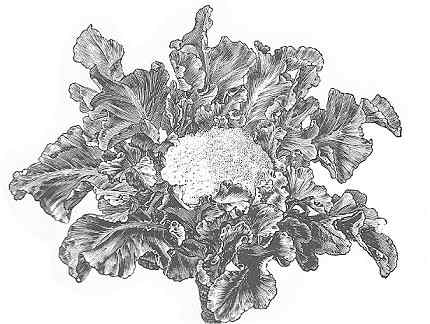
Drawing of broccoli
History of broccoli
The origin of broccolis must be placed in Asia Minor from the wild cabbage. There are texts written 2000 years ago documenting the cultivation of this vegetable.
Broccoli was widely used as food by the Greeks and Romans. It was introduced in Europe in the sixteenth century, through Italy.
Since then, there are many countries where broccoli is a favored food, highlighting Italy and the United States. In this country, some surveys of the favorite foods has shown that both broccoli and cauliflower are the main vegetables chosen by the Americans.
Uses of broccoli
- Food: Broccoli is grown as a vegetable. For its wealth of vitamins, minerals and their high content of phytochemicals, broccoli is considered one of the best foods to prevent many diseases. (More information on the properties of broccoli in the listing below)
- Natural medicine: According to Oriental medicine, broccolis can be used to combat eye diseases like myopia, red or tired eyes, and to increase urine production preventing fluid retention.
VARIETIES OF BROCCOLI
Among all we could mention the following:
Different types of broccolis according to their general appearance
- Calabrian Type: large green heads (10 to 20 cm) at the end of thick stalks, tender and green. Ripen in late summer and early autumn. Among the recommended varieties we have: Emperor F1, F1 Green Comet, Stolt F1, F1 Corvet, Shogun.
- Broccoli type: Smaller and more numerous heads than the Calabrian type. Stems, smaller and more slender than the Calabrian, hard, white or red. They mature between winter and spring.
- Romanesco type : green with yellow heads, formed by an accumulation of conical protuberances.
- Purple type: cauliflower-like, with the possibility of having the ends of heads purple. Mainly grown in Spain, southern Italy and the UK.
Different types of broccolis according to the color of their flower heads
- White. Some varieties are: Late sprouting white. Early sprouting white.
- Green: Some varieties are: Italian sprouting, Romanesco, Express Corona, Corvette, Green Comet, the Center.
- Violet: Some varieties are: Purple sprouting, Christmas Purple, purple sprouting Early, Late purple sprouting, Sprouting.
Different classes of broccolis because of the production date
- Early: Some varieties are: Emperor F1, F1 Green Comet, Early sprouting white, Early purple sprouting, De Cicco, Santa Teresa Blue, Green Goliath, Packman, Topper or Clipper.
- Delayed: Some varieties are: Purple Sprouting, sprouting white Late, Late Purple Sprouting, Waltham 29, San Isidro, Mammoth, Late green, Corvet F1, Shogun.
- Intermediate: Some varieties are: Minaret, San Antonio Rosado, Stolt F1
Broccoli production in the world
According to FAO data, 2008, the world’s largest producer is China (more than 8 million tons), which together with India (more than 5 million tons) provide almost 3 / 5 parts of the world production, estimated at 20 million tonnes.
Other producing countries are: United States (just about 1 million tons), Spain and Italy (about 400,000 tonnes), France and Mexico (about 300,000 tons)
![]() More information on broccoli
More information on broccoli

